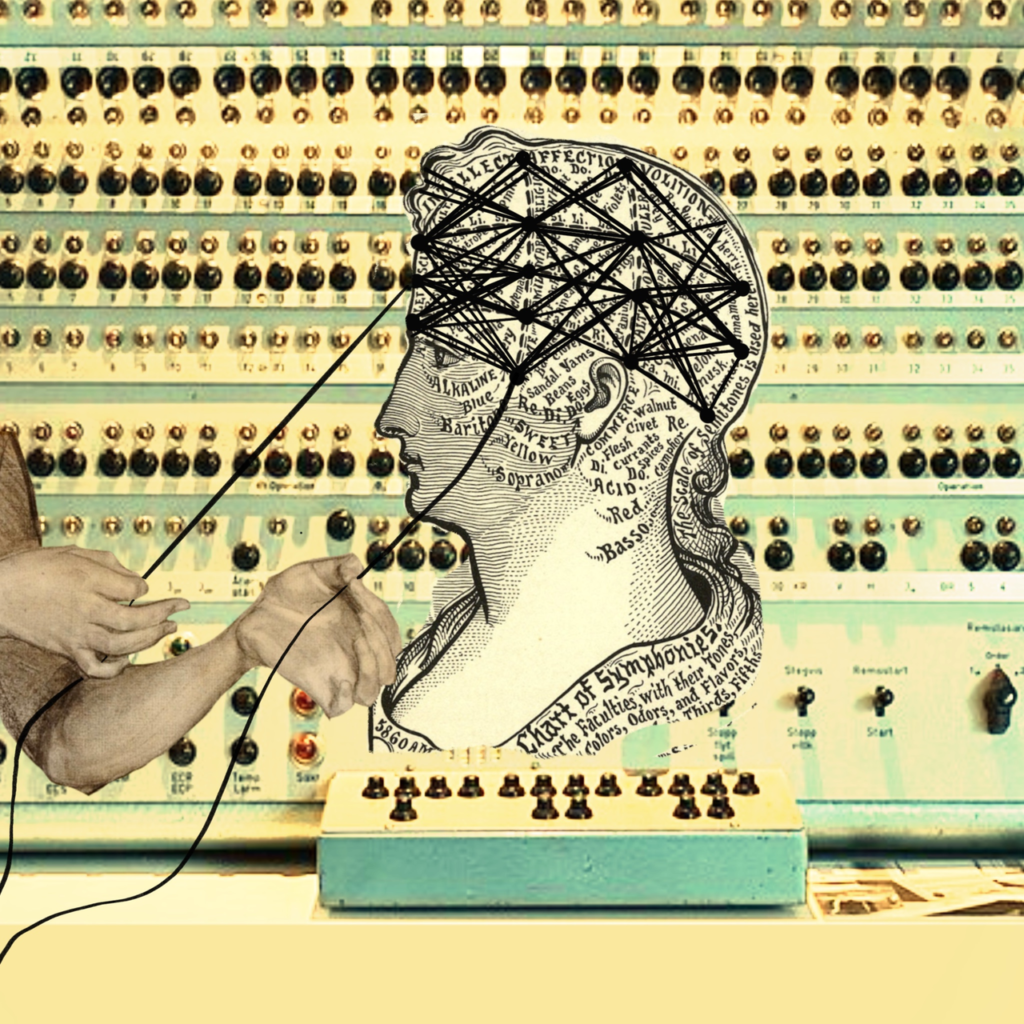Assessment: How to Make Cheating Irrelevant

I generally enjoy writing these blogs on AI, which are syndicated across a number of websites. But it takes time, and keeping up with the speed of development is not simple. The main forum and network for AI in education is LinkedIn, which for all its present prominence remains boring. Still I do it so you don’t have to. Wading through the posts the other day I stumbled on an interesting post about assessment. There is a lot of attention to assessment these days as universities and schools realise that students are using Generative AI and it is very good at writing student essays. The problem they face is that assessment and examinations are a proxy for learning and essays are probably not even a good proxy!
Anyway here is an edited version of the post by Doan Winkel who says he is sharing thoughts from Nick Potkalitsky.
“Want to make cheating irrelevant?”. he asks. “The secret is shifting our pedagogical approach
to process instead of final products.”
To make this pedagogical shift, prioritize:
- Multimodal expression
- Real-time engagement
- Process over final product
- Iteration over single submissions
The basic elements of a process-oriented approach are as follows:
1️⃣ Process documentation (show evolving understanding)
↳ Thought journals
↳ Recorded think-alouds
↳ Iterative drafts with annotations
2️⃣ Live engagement
Replace static essays.
Students think on their feet:
↳ Collaborative problem-solving
↳ Socratic seminars & oral defenses
↳ Debates and role-playing exercises
3️⃣ Iterative feedback (make revision a central skill)
↳ Metacognitive reflections
↳ Multiple submission points
↳ Structured peer and teacher feedback
4️⃣ Multimodal expression (go beyond what hashtag#AI can produce)
↳ Oral presentations
↳ Visual & digital storytelling
↳ Applied demonstrations & simulations
The article concludes by saying: “We need to stop policing technology and instead design learning experiences where using AI as a shortcut doesn’t make sense.”
About the Image
‘Turning Threads of Cognition’ is a digital collage highlighting the historical overlay of computing, psychology, and biology that underpin artificial intelligence. The vintage illustration of a head (an ode to Rosalind Franklin, a British chemist who discovered the double helix of DNA) is mapped with labeled sections akin to a phrenology chart. The diagram of the neutral network launches the image into the modern day as AI seeks to classify and codify sentiments and personalities based on network science. The phrenology chart highlights the subjectivity embedded in AI’s attempts to classify and predict behaviors based on assumed traits. The background of the Turing Machine and the two anonymous hands pulling on strings of the “neural network,” are an ode to the women of Newnham College at Cambridge University who made the code-breaking decryption during World War II possible. Taken together, the collage symbolizes the layers of intertwined disciplines, hidden labor, embedded subjectivity, and material underpinnings of today’s AI technologies.

